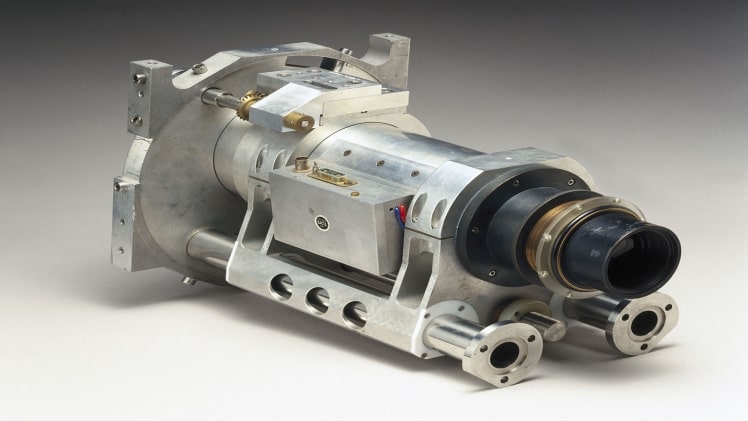Many clinical facilities’ diagnostic departments largely depend on computed tomography. Although there have been major advancements in computer technology, X-ray generation is now achieved in high-power X-ray tubes. X-ray detection has so far been done using a conversion medium and a fast digital camera. For medical computed tomography applications, the next stage is the photon counting detector, which makes use of a direct converting semiconductor sensor material. The United States Food and Drug Administration has given the green light to a new CT technique called photon-counting detector computed tomography (PCD-CT), which addresses many of the limitations of traditional energy-integrated detectors (EIDs).
What is it?
Emerging technology known as photon-counting CT has the potential to completely transform clinical CT. Photon-counting CT provides less radiation exposure than standard CT technologies. It makes use of brand-new X-ray detectors with mechanisms very different from those of traditional energy-integrating detectors, known as energy-resolving detectors.
How does it work?
Photon counting detectors track the quantity and energy of incoming photons. This approach produces a superior contrast-to-noise ratio, better spatial resolution, and optimal spectrum imaging. It makes use of semiconductor materials to produce electronic signals from X-ray photons.
Only the distribution of charges inside the semiconductor may identify the spatial resolution electrically. Sharper images can now be produced without suffering from interpixel gaps or post-patient collimation dose penalty. By detecting each photon in relation to its energy, the contrast-to-noise ratio is maximized. To get a more in-depth understanding of the shape and functionality of the scanned object, this extra energy data can be used during any diagnostic operation.
What are the benefits?
Photon counting detectors in computed tomography solve a number of drawbacks associated with standard detectors. Contrary to existing CT technology, photon-counting CT can lower radiation exposure, reconstruct imaging at a higher resolution, remove beam-hardening artifacts, improve the use of contrast agents, and open the door to quantitative imaging. PC detectors provide multi-energy data with each scan, allowing spectral material separation to improve patient and diagnostic results.
By using energy thresholds, a photon counting detector can get rid of electronic noise and minimize distortions. Low-dosage CT and pediatric imaging both benefit from increased dose efficiency. The PCD-CT design’s ultra-high spatial resolution allows for lower-dose scanning in all body areas and is especially useful for highlighting significant imaging results in thoracic and musculoskeletal CT.
Types of Photon Counting Detectors
Based on ionization radiation, three types of photon-counting detectors have been developed: gasses, scintillators, and semiconductors.
Gas-based photon counting detectors use 2D soft X-ray imaging. Scintillator-based photon counting detectors are regarded as indirect detectors since the deposited X-ray photon energy first shifts into visible light or ultraviolet radiation, which can be detected by electronic devices like photomultiplier tubes (PMTs) through the conversion of the light into electrical charges.
Direct detectors, like gas-based photon-counting detectors and semiconductor-based photon-counting detectors, convert X-ray photons directly into electrical charges. Two essential parts make up a conventional semiconductor-based photon counting detector: semiconductor material (such as Si, CdTe, or CZT) with dual electrodes and application-specific integrated circuits (ASICs).
Conclusion
Of course, physicists and radiologists will combine a variety of technical benefits of a photon counting detector to improve the way they complete any given diagnostic task. Further research across several institutions will be required to discover the diagnostic tasks for which PCD-CT enhances radiologists’ performance and confidence, as well as to design new CT diagnostic tasks that will improve the well-being of patients.

